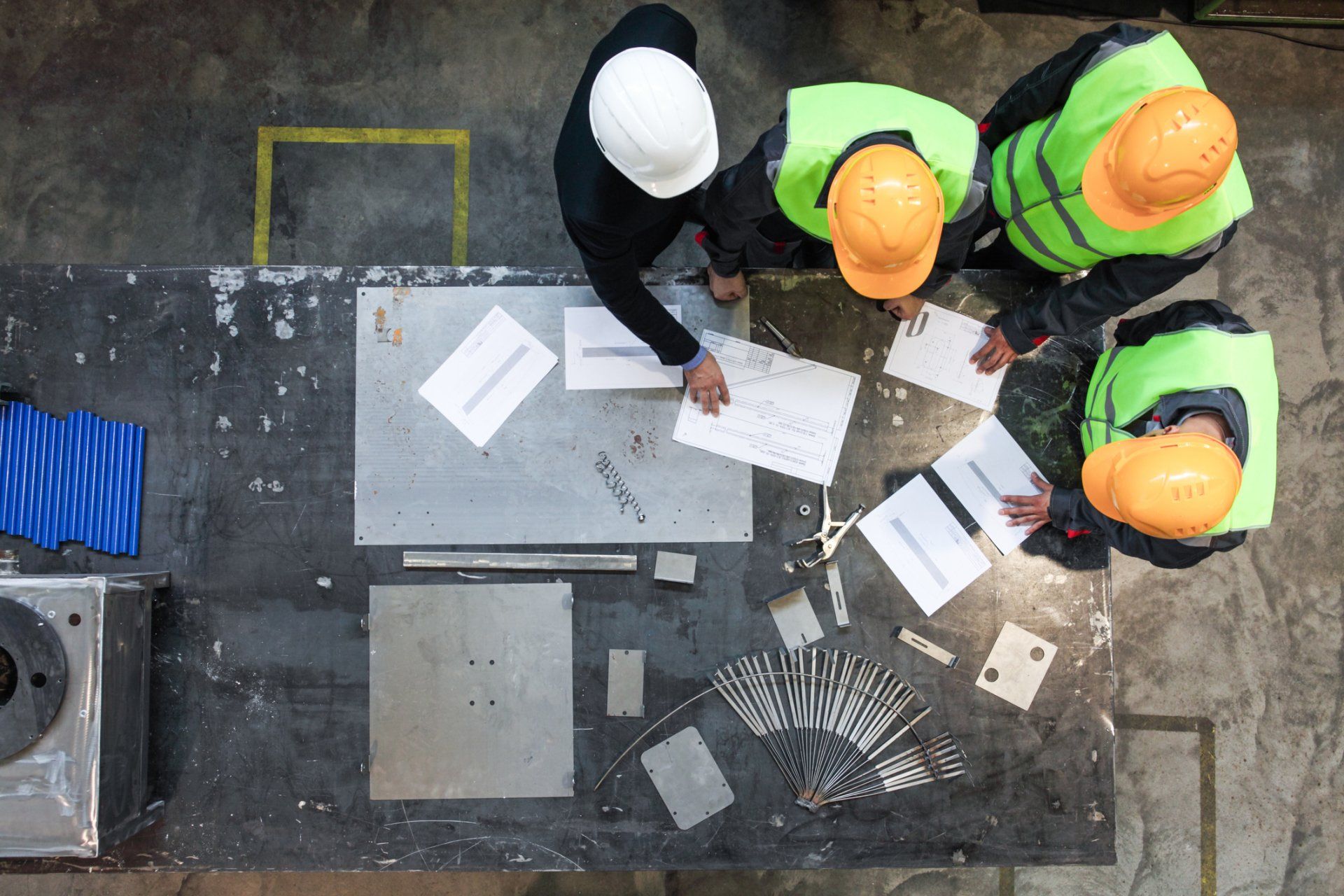IMDS (INTERNATIONAL MATERIAL DATA SYSTEM) SERVICES

SEA, Inc. offers a full range of IMDS services, including data research, collection, entry, and QA/QC; product/component review; turnkey administration; parts data management (PDM) systems analysis; IMDS strategic planning; and communication & training programmes.
Level 1: Data Entry
Designed to load IMDS for your simple parts.
Level 2: Data Research/Data Entry
Designed to load IMDS for your more complex parts…
Level 3: Turnkey IMDS Management
Designed to administer and manage your IMDS programme in full.
Level 4: Systems & Strategy
Designed to integrate IMDS into your existing information systems… and utilize its full power.

f you think PFAS regulation is someone else’s problem, think again. The regulatory environment around per- and polyfluoroalkyl substances is shifting rapidly, and safety, environmental, and operations teams are squarely in the crosshairs. Rather than scrambling when the deadlines arrive, your best strategy is to act early.

Halloween might be the season for ghost stories and haunted houses, but for safety and environmental professionals, the real nightmares happen at work. From unseen hazards to data disasters, these frights are all too real. At SEA, we help EHS managers conquer their fears — and their risks — with smart, proactive solutions that turn horror stories into success stories.

Every year, OSHA releases its list of the most frequently cited workplace safety standards. While the names change little from year to year, the numbers tell a story: employers continue to struggle with the same hazards—falls, hazardous chemicals, and machine safety. Understanding these violations is the first step in preventing costly citations and protecting workers.
